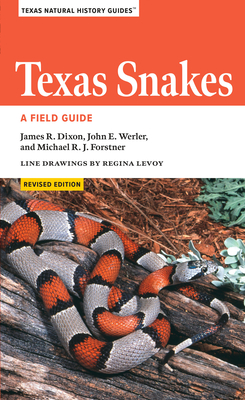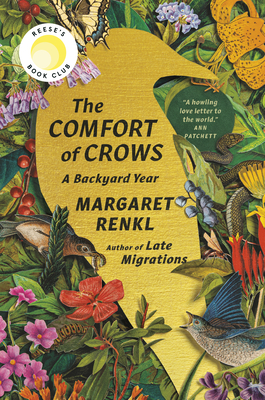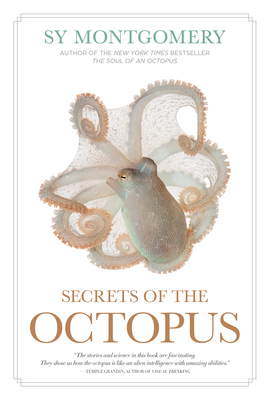
Texas Snakes: A Field Guide (Texas Natural History Guides)
Description
With species ranging from the legendary, fear-inspiring western diamond-backed rattlesnake to the tiny threadsnake, Texas has a greater diversity of snakes than any other state in the country. This fully illustrated field guide to Texas snakes, written by two of the state’s most respected herpetologists and updated by their student and later colleague, gives you the most current and complete information to identify and understand all 111 species and subspecies. Texas Snakes: A Field Guide has all the resources you need to identify snakes in the wild and in your own backyard:• 113 full-color, close-up photos that show every snake, as well as, 39 detailed line drawings• 113 range maps• Up-to-date species accounts that describe each snake’s appearance, look-alikes, size, and habitats• A checklist of all Texas snakes with a key to the species• Reliable information on venomous snakes and prevention of or initial treatment for snakebite• Concise discussion of conservation, classification, and identification approachesDrawn from the lead authors’ monumental, definitive Texas Snakes: Identification, Distribution, and Natural History, this field guide is your must-have source for identifying any snakes you see in Texas.
Praise for Texas Snakes: A Field Guide (Texas Natural History Guides)
[Texas Snakes] gives a good basic education on the habits of snakes and why they are so important to the environment. By far the larger content of the book is given to non-venomous snakes to be found in Texas and illustrated with excellent color plates. Perhaps reading this book might just save your life and a snake's life too.
— Rock Rose



